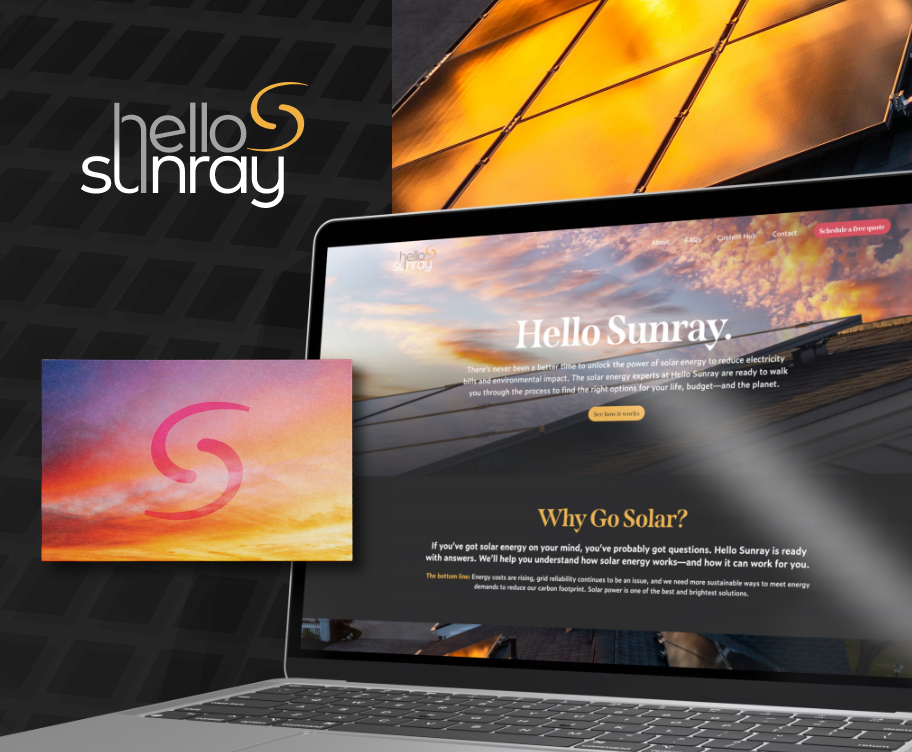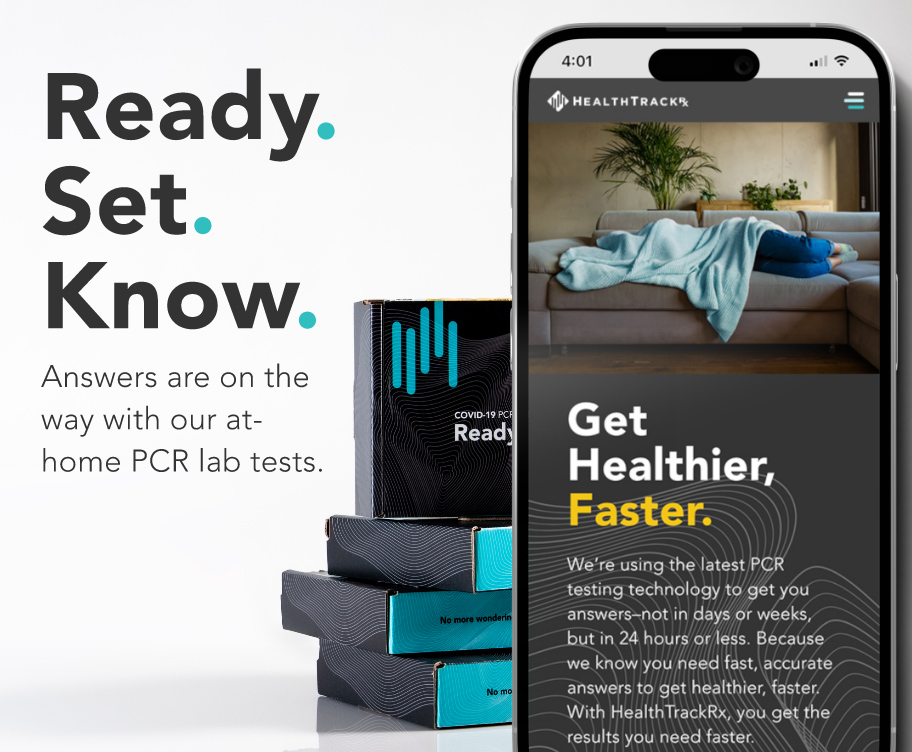The Complete Guide to PR Strategy in 2026
PR isn’t what it used to be … and that’s a good thing.
- By Sandie O'Bruba
It’s no longer all about getting your brand placed in the biggest and brightest media publisher. That shiny headline is still hugely valuable, but without multichannel offerings, its lifespan is limited.
Today, PR is more important than ever when it comes to brand longevity. Modern PR strategies go far beyond traditional and digital media, spanning brand, influencer-created, and consumer-generated social media content.
The new truth: A single headline doesn’t sustain attention. A connected, content-rich strategy does. If all the pieces don’t fit together to create a cohesive, authentic, consistent message—then consumers are quick to lose trust and look elsewhere.
Understand (and Prioritize) the Multichannel Facets of PR
- Thought Leadership: Brands have the power to craft their own narratives through self-publishing. Company executives experience big success in publishing unique perspectives to their own channels, like brand blogs, Medium, LinkedIn, Substack, and others. This is a critical building block in the growing tower of PR.
- Social Media & Influencer Relations: Similar to thought leadership, you should amplify key messages via your social channels using engaging video, images, and links. Beyond your own channels, influencers are an essential piece of any PR strategy. Don’t believe it? In a new survey from Later, global influencer spend increased to $32.55 billion in 2025. From big-time content creators to more micro, niche influencers, there are creators out there that can make a big impact in your audience reach.
- Mainstream & Emerging Media: Emerging media doesn’t take away from the importance of mainstream media placements. They still play a major role in brand reputation and management. Think national newspapers, major broadcast outlets, digital publications, and wire services. Outside of the mainstream, alternative media like podcasts are also growing rapidly in both popularity and influence. A prime example is the massive impact that podcasts had on the last presidential campaign.
- Community Forums: Digital communities have more power than you might think. Keep tabs on brand mentions in forums like Reddit, Slack, Discord, and Facebook groups. There’s more misinformation than ever before, and you don’t want false commentary to muddy the concise message you’re hard at work creating.
Master The Foundational Elements of a PR Strategy.
-
Goal Setting: Not surprisingly, goals and objectives give your strategy intentionality. Start from the top and work your way towards more granular program tasks. First, draft a purpose statement: ask yourself why PR is important to your brand and what you hope to achieve.
This exercise dovetails nicely into both goal and objective setting. We recommend establishing 3-5 SMART goals prior to program launch. Example: Increase referral traffic by 20% over a 3-month period. Take a step further with 3-5 objectives that ultimately give clear direction for reaching those goals. Example: Pitch 3-4 local stories monthly and 1-2 national stories quarterly.
To cap this initial planning phase, create a timeline to map out more granular activities by month or even week. These are the tasks that come from your objective statements, like regular pitching, but can also include additional foundational elements like media training.
-
Messaging: Inserting your brand into the right conversations at the right time starts with messaging. Identify overarching talk tracks (or content topics) that resonate with your mission, services or products. These main tracks should align with existing editorial publishing and social conversations (if you’re not sure, these are a good place to dig into for ideation).
Within each topic, you can take it a step further by building associated sub-topics. A good example that everyone should include:
• Track = Brand
• Subtopics = New Hires, Awards, Speaking Opportunities, Culture.Specific pitch ideas take shape within each topic and/or subtopic. Keep in mind that these can be evergreen, but allow your team to come up with more reactive ideas based on current trends or events.
Final note: At this stage, take note of any no-go messaging to be aware of. Are there any specific topics that your brand would like to stay away from?
-
List Development: With messaging in hand, where would you like to see your brand featured? List development is largely dependent on the software available to you. If you have a tool like Cision, Muck Rack, Meltwater, to name a few, you can filter your contact targeting by topics, beat, and so much more.
Regardless if you’re building your lists in a database or in a spreadsheet, ensure you segment your contact targeting by media type (i.e. national, local, trade, etc.) for later reference. It’s also helpful to tag contacts by relevant talk tracks, notes related to pitching or professional history, and social profile links.
-
List Management: Media churn is more prevalent than ever. Keep your database up-to-date by annotating outreach efforts and circling back on reporter status on a quarterly basis. If you happen to see a new reporter hired within a relevant beat, send an introductory note to get on their radar early on.
Even if you don’t have media monitoring software, you can set up free Google Alerts to stay in-the-know. Create alerts for key terms at high-priority publications to identify high-profile opportunities—and so you don’t miss a brand mention.your brand would like to stay away from?
-
Distribution Methods: This is where your larger content ecosystem comes to life. Aim to weave key messaging and talk tracks consistently across all owned and paid media channels. This includes your company blog, social media posts, email newsletters, paid campaigns, and sponsored content. A strong earned media strategy is rooted in a unified brand voice and editorial point of view that ties all of these channels together.
When it comes to media pitching: Build relationships with journalists and producers before you need something from them. One effective way to do this is by creating a short, compelling intro deck that highlights your unique story, key differentiators, and why your brand matters right now.
Also, be mindful of how your media contacts prefer to engage. If a priority journalist is active on X (formerly Twitter) but slow to respond to email, tailor your outreach accordingly. Meeting them where they are—digitally and contextually—can make all the difference.
- Reporting: Maintain a dedicated tab within your PR tracking workbook to log all earned media mentions. Include relevant context such as publication date, topic, experts quoted, sentiment, and any other metrics aligned with your brand goals. If you don’t have access to media monitoring software, tools like Google Alerts can help you stay on top of new coverage.
Showcase your impact: At the end of each month, compile a concise report for leadership to highlight PR program performance. Consider incorporating visual elements—such as charts or infographics—to illustrate key metrics like media placements, referral traffic, conversion activity, media sentiment, and the number of expert mentions. Demonstrating these results consistently helps reinforce the value of your ongoing PR efforts.
With these elements in mind, don’t wait to take action. You can start distributing your message thoughtfully, while continually elevating and expanding upon your strategy.
The Elephant in the Room: How Will AI Affect My PR Efforts?
There’s an AI tool for every aspect of a PR strategy, from media monitoring and sentiment analysis to writing, pitching, reporting, and trend analysis. These tools can absolutely enhance how we work. But without human oversight, they can also put your brand at risk.
As reported by The Wall Street Journal: Earlier this year, a firm that works in colorectal cancer sent out an AI-generated pitch that read, “You care more about Tesla than a cancer killing thousands.” While yes, it stood out, it also created widespread backlash. This highlights a critical truth: AI can’t replace human judgment, empathy, or strategic nuance. Every piece of communication still needs a filter of brand values and editorial integrity.
Another piece to consider: Auto-generated news releases and pitches are indeed creating more clutter for reporters to sift through. That just means contextual, thoughtful outreach is more important than ever. So when it comes to AI: Use it to complement your work, not replace it. The future of PR belongs to those who can blend smart tech with smarter human storytelling.
More PR Resources We Like
- Dissecting the “go direct” communications debate, Axios
- How podcasts came to rule America’s campaign conversation, The Economist
- Influencer Marketing in 2025: New Data Reveals What Works, What Costs, and What’s Next, Later
- The Evolving Role of PR And the Growing Importance of Content, Forbes
- Will AI Empower the PR Industry or Create Endless Seas of Spam?, The Wall Street Journal
- With AI at my Fingertips Why Do I Need to Use a PR Agency?, The Times
Ready to Elevate Your PR Strategy?
If you’re ready to harness the power of PR, we’re here to help. Let’s work together to craft a strategy that brings your business growth growth and lasting success.
what they’re saying
“
The Kagency creative, so price sensitive and efficient, is unbelievably elevated and thoughtful. I’ve never worked with a better agency.”


“
We needed everything: new name, website, content. Kagency guided us through a proven process to uncover brand messaging & visual identity. They executed quickly and when we launched the brand, the response was overwhelmingly positive!”


“
Kagency absolutely blows me away with their ability to deliver elite creative on the first round. It says a lot about their strategic creative approach.”







